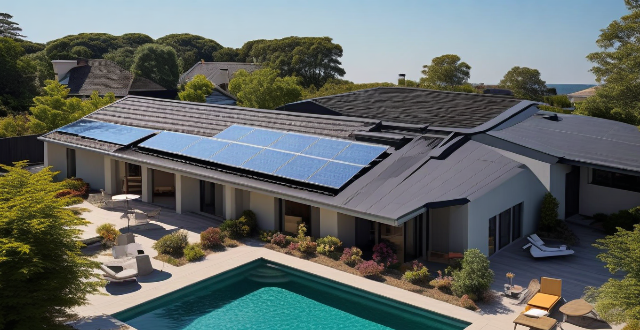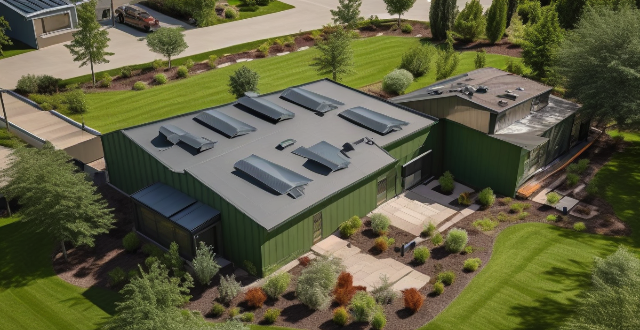Layer Winter

What type of clothing is suitable for winter sports activities ?
When engaging in winter sports activities, it is crucialWhen engaging in winter sports activities, it is crucial ensure comfort, safety, and it is crucial to dress appropriately to ensure comfort, safety, and protection from the cold weather. Here's a detailed guide on what type of clothing is suitable for various winter sports: ## **Essential Layering System** ### **Base Layer:** - **Material:** Moisture-wicking fabrics like synthetics or merino wool. - **Purpose:** To keep sweat away from your body and maintain body temperature. - **Example:** Long-sleeve thermal shirts and tights. ### **Mid Layer:** - **Material:** Insulating fabrics like fleece or down. - **Purpose:** To provide warmth and insulation. - **Example:** Fleece jackets or lightweight down vests. ### **Outer Layer:** - **Material:** Waterproof and breathable fabrics like Gore-Tex. - **Purpose:** To protect against wind, snow, and rain while allowing moisture to escape. - **Example:** Waterproof ski jackets or snowboard pants. ## **Head-to-Toe Gear** ### **Headgear:** - **Beanie or helmet liner:** To keep your head warm and protected under a helmet. - **Neck gaiter or scarf:** To cover your neck and face from cold winds. ### **Handwear:** - **Gloves or mittens:** Waterproof and insulated to keep hands warm and dry. - **Glove liners:** Thin gloves worn underneath for added warmth. ### **Footwear:** - **Waterproof boots:** Insulated boots that are waterproof and provide good traction. - **Socks:** Thick, warm socks made of wool or synthetic blends. ### **Legwear:** - **Waterproof snow pants:** To keep your legs dry and protected from the snow. - **Base layers for legs:** Long underwear or tights for added warmth. ### **Eye Protection:** - **Goggles:** Protective goggles that shield your eyes from glare and UV rays. - **Sunglasses:** Polarized sunglasses for cloudy days or less intense activities. ## **Additional Accessories** - **Helmet:** Essential for activities like skiing and snowboarding to protect your head from impacts. - **Neck warmers:** Can be added for extra warmth around the neck area. - **Gaiters:** Helpful for keeping snow out of boots and pants. By following this comprehensive guide, you can ensure that you have the right clothing and gear for enjoying your favorite winter sports safely and comfortably. Remember, layering is key to adapting to changing temperatures and activity levels throughout the day.

What type of clothing should I pack for a week-long hiking trip ?
When packing for a week-long hiking trip, consider weather conditions, terrain, and activities. Layering is key, with essential layers including moisture-wicking shirts, lightweight pants or shorts, fleece jackets or vests, warm pants, and a waterproof and windproof jacket. Proper footwear is crucial, such as hiking boots, trail runners, and sandals. Don't forget accessories like hats, gloves, sunglasses, neck gaiters, and trekking poles. Additional items to consider include rain gear, extra layers, a towel, and a headlamp or flashlight. Pack smart and only bring what you need to avoid unnecessary weight.

Can you teach me how to layer different liquors in a drink ?
Layering liquors in a drink is a fun and visually appealing way to create a cocktail. Here's a step-by-step guide on how to do it: Materials Needed: - Clear glass or jar - Spoon - Different liquors of varying densities Steps: 1. Choose your liquors: Select three or more liquors that have different densities. The general rule is that the heavier liquid goes at the bottom and the lighter one on top. 2. Chill your liquors: Chill your liquors before starting. This will help them mix less when pouring. 3. Pour the first liquor: Pour the heaviest liquor into the glass first. Tilt the glass slightly and slowly pour the liquor down the side of the glass. 4. Use a bar spoon: Use the spoon to gently place it at the surface level of the first liquor. Gently pour the second liquor over the rounded part of the spoon. 5. Repeat with other liquors: Repeat the process with the other liquors, making sure to always pour over the spoon and down the side of the glass. 6. Enjoy your layered drink: Once all layers are added, enjoy your visually appealing cocktail!

What should I wear to an idol concert ?
Attending an idol concert is a thrilling experience, and dressing appropriately can enhance your enjoyment of the event. Here are some tips on what to wear to make sure you're comfortable and stylish: Comfort First: Choose shoes that you can comfortably stand in for long periods of time. Wear clothes that allow you to move freely. Weather Appropriate: Light, breathable fabrics like cotton or linen are best for summer concerts, while layering up is essential for winter ones. Express Your Fandom: Show your support by wearing official merchandise from the idol group or artist. Safety & Visibility: A small bag is handy for carrying essentials, and consider adding reflective gear for nighttime concerts. Personal Style: Remember to stay true to your personal style when choosing your outfit. By considering these factors, you'll be well-prepared for an exciting and fashionable idol concert experience!

How do green roofs contribute to energy efficiency in buildings ?
Green roofs contribute to energy efficiency in buildings through insulation and temperature regulation, reflectivity, evapotranspiration cooling, extended roof lifespan, improved air quality, noise reduction, and rainwater management.

Which one do you choose between morning running and night running? It will teach you to choose the one that suits you and stop tangled

What is the relationship between ecological design and green roofs/walls ?
Ecological design emphasizes sustainability and harmony with the environment, incorporating green roofs/walls for energy efficiency, stormwater management, habitat creation, air quality improvement, and aesthetic enhancement. These features require careful consideration of climate, building structure, water management, maintenance, energy efficiency, and habitat connectivity to ensure their success and alignment with ecological design principles.